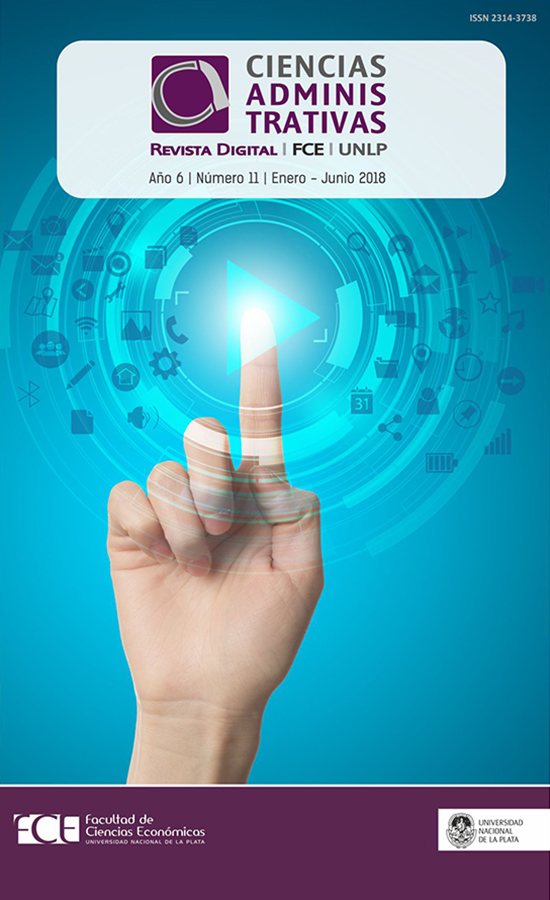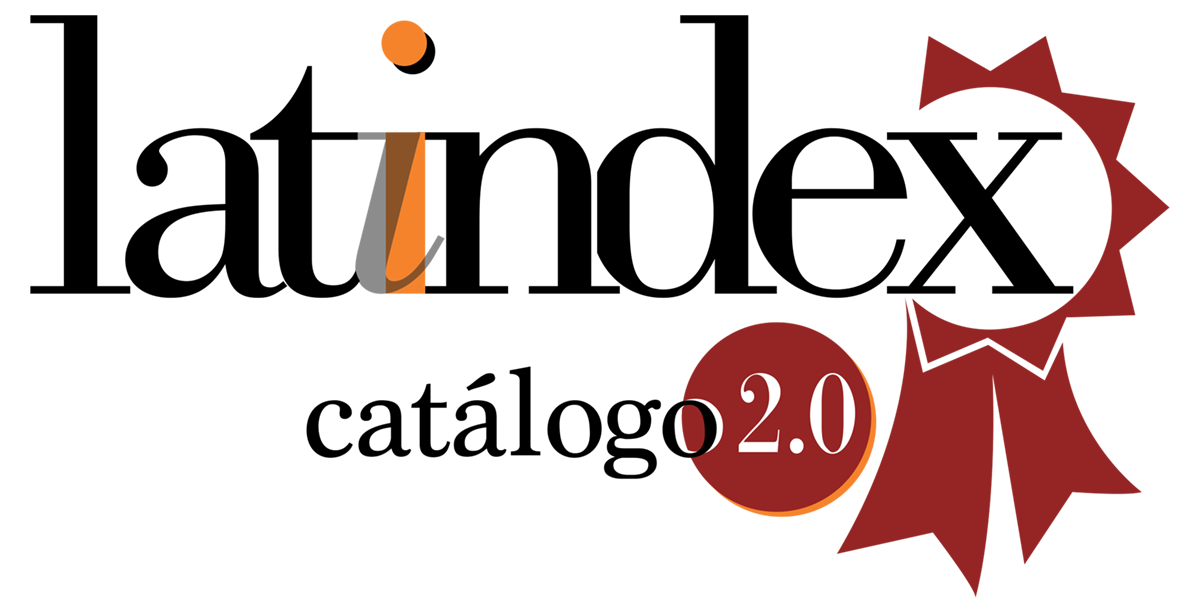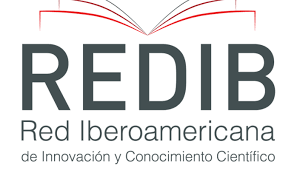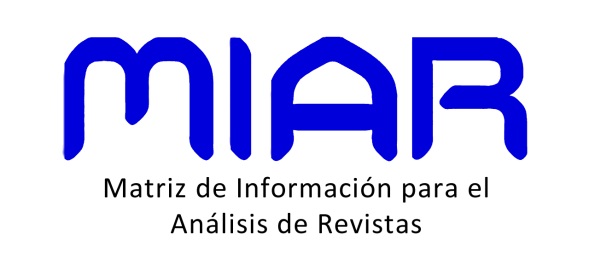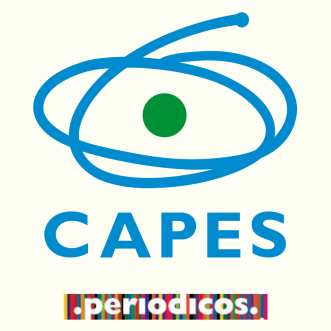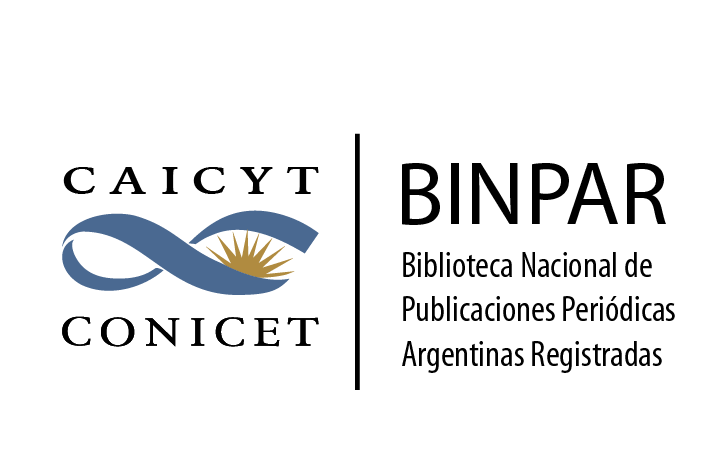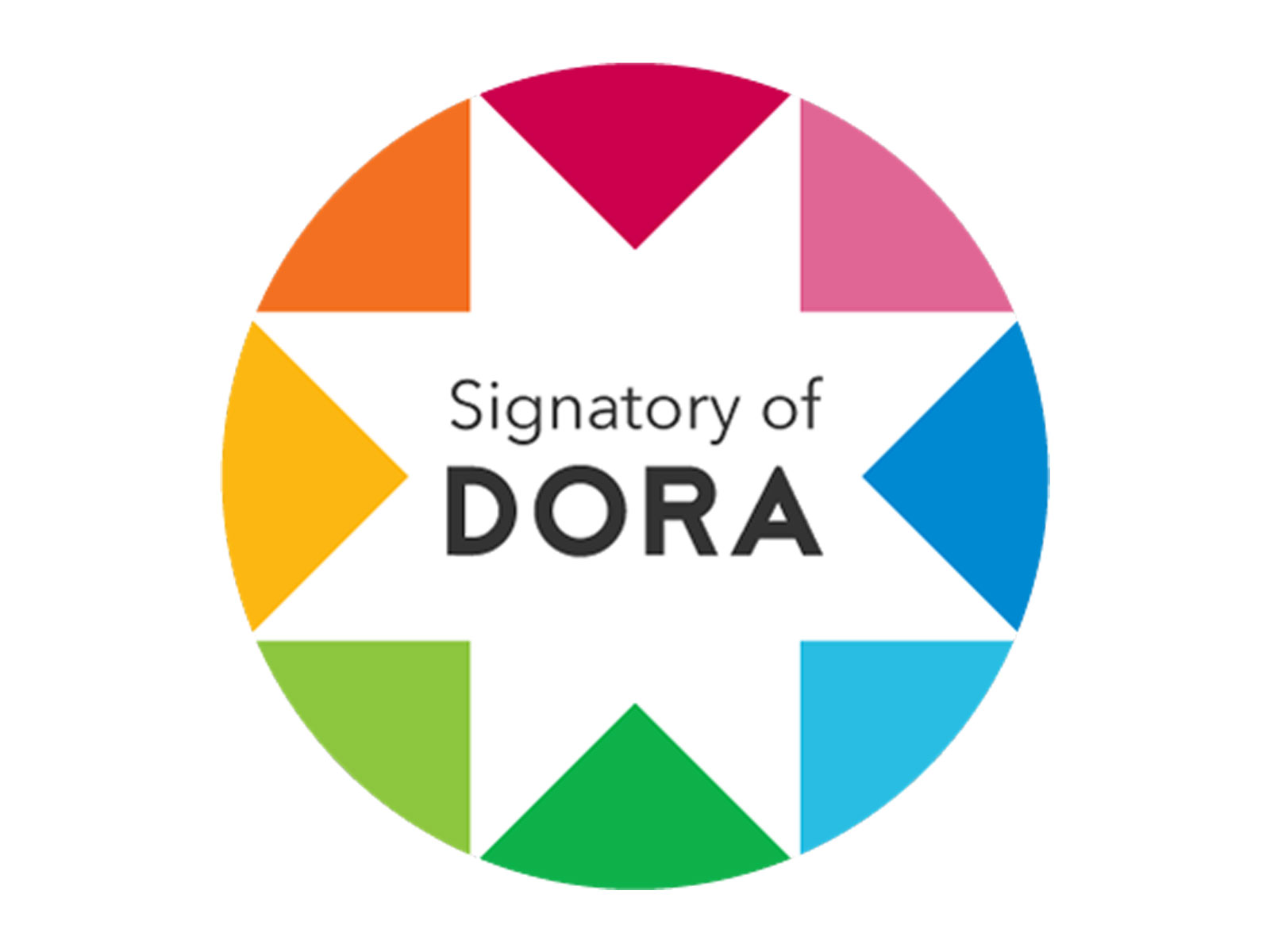Quality of service in higher education institution in the city of Barranquilla
DOI:
https://doi.org/10.24215/23143738e017Keywords:
Duty Cycles, Moments of truth, Service Quality, External customer, Service managementAbstract
The present article research product aims to measure the quality of service according to the procedural requirements established by the clients of a private institution of higher education in the city of Barranquilla. The research is descriptive with a propositional cut. The target population was students of the Business Administration and Public Accounting programs from a private educational institution in the city of Barranquilla. The stratified sample was 80 students.
The results show how the needs and expectations of the clients of both programs, differ in some moments of truth propitiated in the service provision, is the case of the schedules, response time, procedures, among others. Aspects that in the end become a personal experience perceived positively or negatively by the client. Concluding that the service quality depends on the experience generated in the process of providing it by the institution to its customers, therefore the tendency is to compete through these requirements to stand out from their alternating competitors.
Downloads
Metrics
References
Albrecht, K y Zemke, R. (1998). Gerencia del Servicio. Bogotá: Fondo Editorial Legis.
Alisic, B (2009). ¿Podríamos obtener nuestras actividades mejor bajo el control mediante el uso de la norma ISO 9004:2009? III seminario en gestión de calidad para ciudades modernas.
Arteaga, E (2010). Momentos de verdad y ciclos del servicio, Ipahu institución universitaria Facultad de ciencias económicas y administrativas. Bogotá.
Blanchard, K. y Ballard, J (2006). Cliente manía. Grupo editorial norma.
Botero, M y Peña, P (2006). Calidad en el servicio: El cliente incógnito. Revista Suma Psicológica, 13 (2), 217-228. Fundación Universitaria Konrad Lorenz. Colombia. Disponible en: http://www.redalyc.org/articulo.oa?id=134216870007.
Bustos, A (2010). Propuesta acerca de cómo aumentar la competitividad de CAESCA S.A a través del mejoramiento y fortalecimiento de la cultura de servicio. Bogotá: Universidad Pontificia Javeriana Comunicación social.
Canchila, I (2010). Diagnóstico y propuesta del servicio al cliente para el agenciamiento aduanero en Almaviva s.a. sucursal Cartagena. Bogotá: Facultad de Administración Universidad del Rosario..
Collins, H (2006). Servicio invisible fundamento de un buen servicio al cliente. Editorial Universidad Sergio Arboleda ECOE ediciones
Comité técnico AEN/CNT 66- Gestión de la Calidad. Norma UNE-EN ISO 9000: “Sistemas de Gestión de Calidad. Fundamentos y vocabulario”. Ed. AENOR 2000
COPEME Consorcio de organizaciones privadas de promoción y desarrollo del micro y pequeña empresa (2009). Ciclo de servicio primera edición http://mision.redcamif.org/fileadmin/usuarios/documentos/Herramientas/Ciclo_de_Servicio__2_.pdf.
Domínguez H (2010). Seminario virtual ponga en marcha su plan de servicio al cliente. Revista latín Pyme. Bogotá.
Drucker, P. (2006). El ejecutivo eficaz. Barcelona: Editorial Deusto.
Fontalvo Herrera y Vergara Schmalbach(2010). La Gestión de la Calidad en los Servicios ISO 9001:2008, Edición electrónica gratuita. Texto completo en www.eumed.net/libros/2010e/823.
Hernández, S; Fernández, Collado y Baptista, L. (2008). Metodología de la investigación. Cuarta edición. México: Mc Graw Hill inter Americana.
Joachimsthaler, E. (2008) Ver lo evidente. Barcelona: Deusto.
Juran, J (1990). Juran y el liderazgo para la calidad, manual para ejecutivos. Madrid: Ediciones Díaz de Santos S.A.
Méndez, C. (2006) Un momento para el cliente. Universidad del Rosario: Facultad De Altos Estudios de Administración y Negocios.
Méndez, C (2009). Lineamientos para la creación de una cultura del servicio en una empresa del sector alimentos.
Mendoza, J (2010). Relaciones con el cliente. Revista Desarrollo Gerencial – Universidad Simón Bolívar.
Moreno, A (2009). Lineamientos para la creación de una cultura de servicio al cliente en una empresa del sector alimentos: caso Martmore Ltda. Bogotá: Facultad de administración Universidad del Rosario.
Murcia, L (2012). Diseño de una guía documentada para el proceso de servicio al cliente de la empresa multi vacaciones Decamerón bajo la norma ISO 9001.Bogotá: Universidad Militar Nueva Granada. Especialización en gerencia de la calidad.
Navarro, E; Ochoa, S y Esparza, I (2014). Cultura Organizacional y Desempeño Individual en una Asociación Civil Mexicana CULCyT//Enero- Año 11(52).
Rueda, R. (2009). Servir única razón de gerenciar (artículo tomado de www.buenastareas.com/ensayos/Histo/113509.html).
Vartuali, A (2010). Cómo construir una estrategia de servicio diferente, Boletín servicios y clientes.
Downloads
Additional Files
- Archivo xml (Español (España))
- Gráfico 1. Apreciación general del servicio (Español (España))
- Gráfico 2. Apreciación general del servicio (Español (España))
- Figura 1. Simplificación del Ciclo (Español (España))
- Figura 2. Simplificación del Ciclo (Español (España))
- Figura 3. Simplificación del Ciclo (Español (España))
- Figura 4. Simplificación Ciclo Traslados (Español (España))
- Figura 5. Triangulo de servicio (Español (España))
- Figura 6. Fases de la conducta del cliente (Español (España))
Published
How to Cite
Issue
Section
License
Those authors who have publications with this journal, agree with the following terms:
a. Authors will retain its copyright and will ensure the rights of first publication of its work to the journal, which will be at the same time subject to the Creative Commons Atribución-NoComercial-CompartirIgual 4.0 Internacional (CC BY-NC-SA 4.0) allowing third parties to share the work as long as the author and the first publication on this journal is indicated.
b. Authors may elect other non-exclusive license agreements of the distribution of the published work (for example: locate it on an institutional telematics file or publish it on an monographic volume) as long as the first publication on this journal is indicated,
c. Authors are allowed and suggested to disseminate its work through the internet (for example: in institutional telematics files or in their website) before and during the submission process, which could produce interesting exchanges and increase the references of the published work. (see The effect of open Access)

